Where development and national security intersect. Research, applied learning, and fierce debates about measuring success and failure, about embracing new ideas and technologies, and about adapting concepts and practices from both the development and national defense disciplines are the foundation on which we have built DAI’s Center for Secure and Stable States. Checkpoint is the Center’s blog.
Iraq’s Prisoner Dilemma
 The rise of the Islamic State (IS) terrorist organization presented civilians caught in IS-controlled areas with limited choices. While a small percentage joined the group as combatants—either willfully or under coercion—more sought other ways to survive and provide for their families. In these situations, ordinary people can easily become complicit bystanders, willing collaborators, or disposable pawns; the conflict encompasses the whole community. In the wake of IS’s defeat, transitional justice systems must find ways to cope with these shades of culpability.
The rise of the Islamic State (IS) terrorist organization presented civilians caught in IS-controlled areas with limited choices. While a small percentage joined the group as combatants—either willfully or under coercion—more sought other ways to survive and provide for their families. In these situations, ordinary people can easily become complicit bystanders, willing collaborators, or disposable pawns; the conflict encompasses the whole community. In the wake of IS’s defeat, transitional justice systems must find ways to cope with these shades of culpability.
Market-Driven Cash-for-Work Projects Show Promise in Somalia—and Beyond?
Editor’s Note: This post expands on a report originally prepared for the Centre for Development Results.
 The Somali peninsula—home to 14.32 million people—suffered a devastating drought in early 2017, leading to widespread crop failures and livestock losses that have dangerously affected the region’s food security. The Food and Agriculture Organization (FAO) estimates that 30 percent of livestock has been lost. In Somalia, losing crops and livestock means losing livelihood assets. Rural people struggling to sustain livelihoods often become more vulnerable to recruitment by extremist groups and are increasingly moving to the cities, exerting growing pressure on limited urban infrastructure.
The Somali peninsula—home to 14.32 million people—suffered a devastating drought in early 2017, leading to widespread crop failures and livestock losses that have dangerously affected the region’s food security. The Food and Agriculture Organization (FAO) estimates that 30 percent of livestock has been lost. In Somalia, losing crops and livestock means losing livelihood assets. Rural people struggling to sustain livelihoods often become more vulnerable to recruitment by extremist groups and are increasingly moving to the cities, exerting growing pressure on limited urban infrastructure.
Report: Youth and Violent Extremism in Mindanao, Philippines
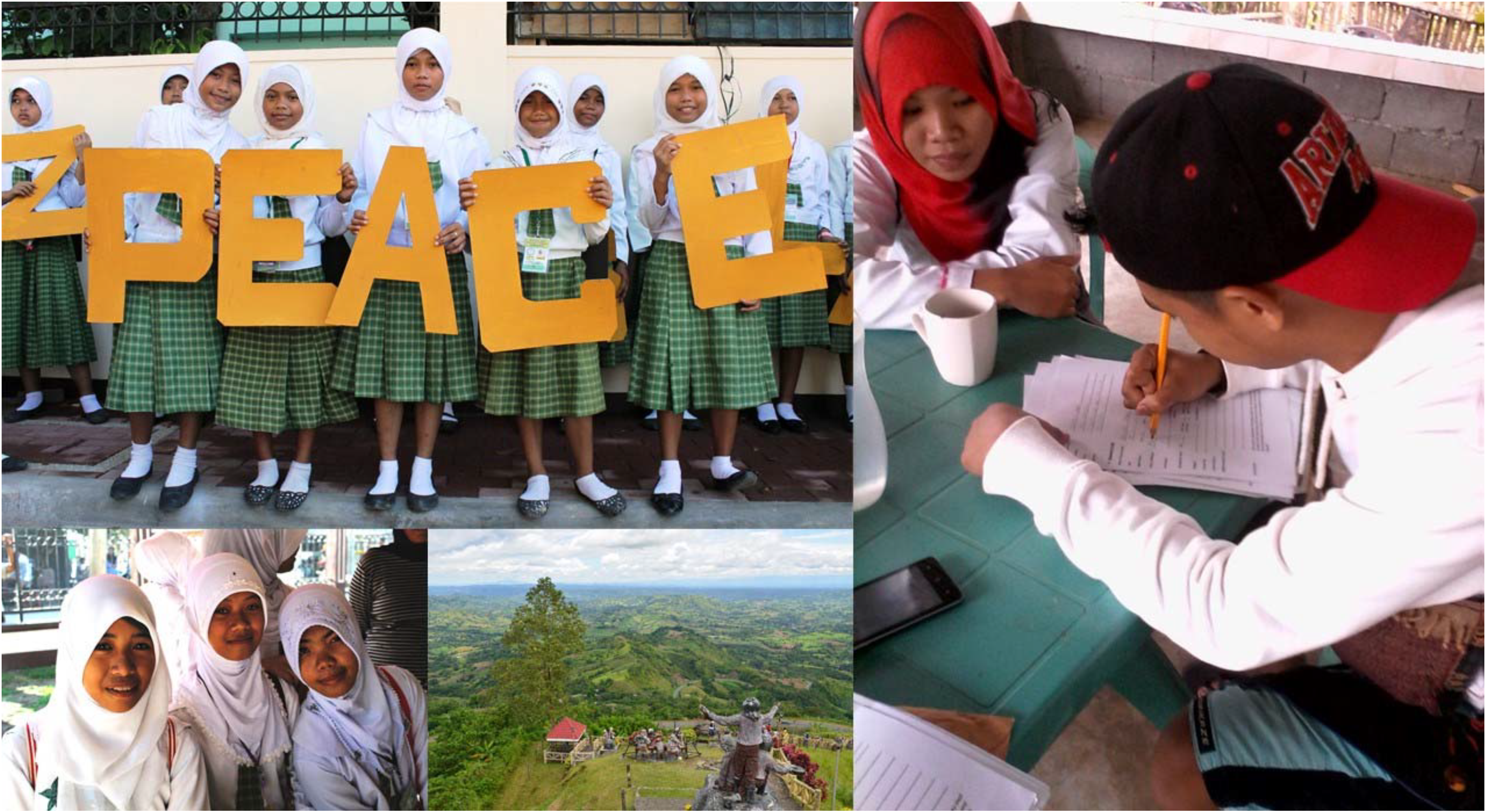 Development responses to violent extremism are challenged by a lack of methods for rigorously testing assumptions about and determining the relative importance of different drivers of extremism. DAI’s Center for Secure and Stable States designed and implemented a mixed-methods research methodology for addressing these challenges on the Enhancing Governance, Accountability, and Engagement (ENGAGE) Project, funded in the Philippines by the U.S. Agency for International Development (USAID). Our analysis led to surprising empirical findings: less than half of the assumed drivers of extremism are significant predictors of support for violence and extremism, with some functioning in ways opposite to consensus understanding.
Development responses to violent extremism are challenged by a lack of methods for rigorously testing assumptions about and determining the relative importance of different drivers of extremism. DAI’s Center for Secure and Stable States designed and implemented a mixed-methods research methodology for addressing these challenges on the Enhancing Governance, Accountability, and Engagement (ENGAGE) Project, funded in the Philippines by the U.S. Agency for International Development (USAID). Our analysis led to surprising empirical findings: less than half of the assumed drivers of extremism are significant predictors of support for violence and extremism, with some functioning in ways opposite to consensus understanding.
The Money Trail, Part I: Safe Charitable Giving in Pakistan
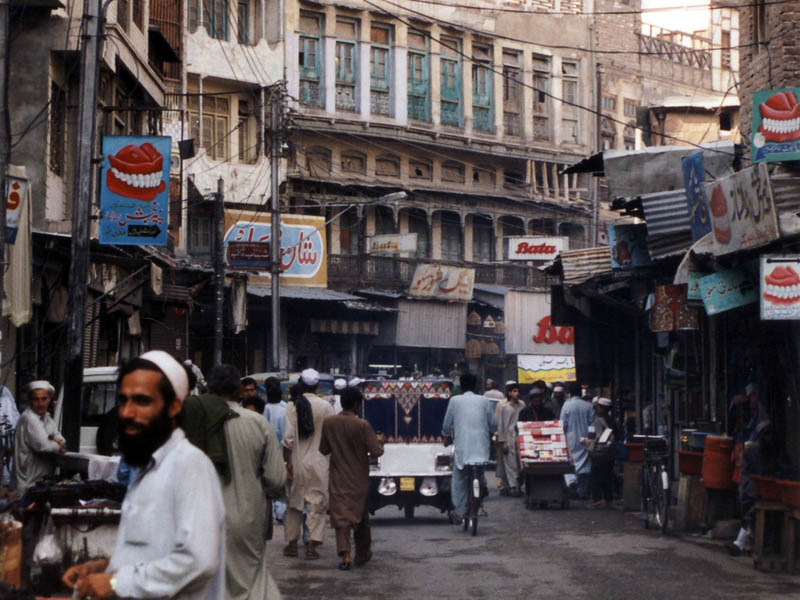 Counter-threat finance—the efforts to reduce the flow of money that funds terrorism and organized crime—has been a key component of the international community’s struggle against terrorism since the terror attacks of September 11, 2001. When we think of counter-threat finance, international banking, money laundering, and oil smuggling come to mind, but we don’t often think of international development.
Counter-threat finance—the efforts to reduce the flow of money that funds terrorism and organized crime—has been a key component of the international community’s struggle against terrorism since the terror attacks of September 11, 2001. When we think of counter-threat finance, international banking, money laundering, and oil smuggling come to mind, but we don’t often think of international development.
While early efforts succeeded in limiting terrorist groups’ access to international financial networks, these groups have fallen back on tried-and-true methods to keep the money flowing by exploiting charitable donations, mining and smuggling of natural resources, taxation, currency exchange, extortion, and criminal enterprises. By gaining control of territory and through carefully designed financial systems, the Islamic State enjoyed unprecedented access to financial resources. If we hope to succeed in choking violent extremist groups’ access to funds, it is time to recognize that development interventions can play a key role. In this, and in a second post, I will discuss how development practitioners can make concrete contributions to reducing extremist group financing and help vulnerable communities avoid inadvertently funding terrorism.
Q&A: Complexity-Aware Planning for Stabilization Programming
 In complex and unstable environments, standard performance monitoring is often insufficient to ensure activities remain relevant and adapt to the evolving ecosystem in which they are implemented. DAI’s complexity-aware planning (CAP) cycle is designed for situations where the understanding of a country’s conflict is narrow, conditions are constantly in flux, and buy-in from stakeholders may be limited. CAP embeds performance monitoring in the continual assessment of social, political, and security dynamics, and provides a system for integrating research and situational awareness with activity design, monitoring and evaluation, and strategy. It monitors unanticipated outcomes, considering multiple pathways of change and causal logic by examining actors, influencers, and relationships; system factors, dynamics, and qualities; and conflict triggers and events.
In complex and unstable environments, standard performance monitoring is often insufficient to ensure activities remain relevant and adapt to the evolving ecosystem in which they are implemented. DAI’s complexity-aware planning (CAP) cycle is designed for situations where the understanding of a country’s conflict is narrow, conditions are constantly in flux, and buy-in from stakeholders may be limited. CAP embeds performance monitoring in the continual assessment of social, political, and security dynamics, and provides a system for integrating research and situational awareness with activity design, monitoring and evaluation, and strategy. It monitors unanticipated outcomes, considering multiple pathways of change and causal logic by examining actors, influencers, and relationships; system factors, dynamics, and qualities; and conflict triggers and events.
Alternative Dispute Resolution: New Evaluation Shows Its Impacts and Limitations in Reducing Violence
In conflict-affected countries, formal legal systems often are limited, with department or agency staffs absent or overloaded or both, leaving communities with few or no dispute resolution mechanisms. In their place, communities tend to rely on informal processes or institutions to resolve disputes before they escalate to violence. Development practitioners operating in these unstable environments often employ strategies to support informal dispute resolution, reduce violence, and mitigate conflict. But do they work? A wide-ranging alternative dispute resolution (ADR) campaign in Liberia and an associated random control trial evaluation show that they can, while also pointing to the unintended consequences of development interventions that aim to engineer changes in informal institutions.
Trauma Awareness and Healing: A Step on the Path to Peace
I recently traveled to South Sudan to investigate efforts to address trauma in a region that has experienced nearly 27 years of war since the 1980s. As a global development professional and trauma educator, I don’t need to be convinced of the need to address trauma as part of a portfolio of peacebuilding activities. Encouragingly, an increasing number of international donors and organizations are beginning to examine—and program around—the link between trauma and violence.
A Good Facilitator is Hard to Find: This Might Help
As measures to counter violent extremism (CVE) are complex and unproven, development practitioners must pay attention to any and all variables that even appear to be important. One of those key common factors is the importance of a good facilitator. Luckily, the field of public health has much to teach us on this topic.
A Tool in Progress: The Sub-National Fragility Index
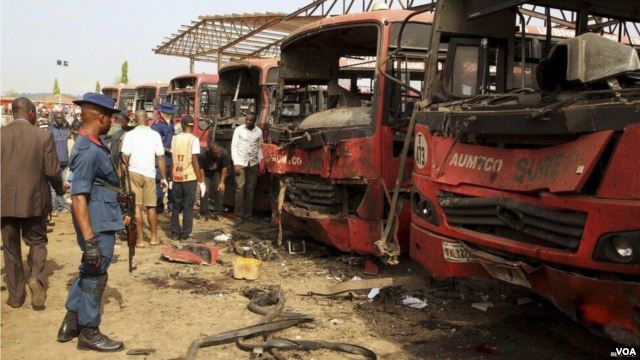 Is it possible to build a fragility index that is truly useful as a tool for day-to-day development programming on the ground? That’s what we’re trying in Nigeria.
Is it possible to build a fragility index that is truly useful as a tool for day-to-day development programming on the ground? That’s what we’re trying in Nigeria.
Words Matter: Pastoralists and Identity in the Sahel
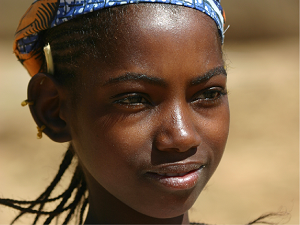 It is broadly understood that language—especially generalizing and dehumanizing language—can play a central role in fostering communal violence. William Donohue has shown how the language of classification was a key early warning in the Rwandan genocide, for example. Such instances should remind the development community to be mindful of the words they use, however innocuous they may seem. Case in point: a term often used in discussion of economics and conflict in the African Sahel, “pastoralist.”
It is broadly understood that language—especially generalizing and dehumanizing language—can play a central role in fostering communal violence. William Donohue has shown how the language of classification was a key early warning in the Rwandan genocide, for example. Such instances should remind the development community to be mindful of the words they use, however innocuous they may seem. Case in point: a term often used in discussion of economics and conflict in the African Sahel, “pastoralist.”
Will the Real Bad Guys Please Stand Up?
A review of “Conflict, Violent Extremism and Development: New Challenges, New Responses”
One of the most acute challenges of working in conflict zones is differentiating between “legitimate” conflict actors and extremist groups. In countries such as Libya and Syria, state collapse has led to a proliferation of armed groups and institutions—all claiming legitimacy and exerting authority over populations. Among these are groups that most observers consider “extreme” in that they are internationally recognized as terrorist groups or they use terrorist tactics to coerce populations.
Engaging Women in PVE Programming
Recent research by DAI’s Enhancing Governance, Accountability, and Engagement (ENGAGE) project team in Mindanao demonstrates that while membership in violent extremist groups is overwhelmingly male, there is limited evidence to suggest that support for violent extremist ideologies differs fundamentally between the sexes.
What To Do About Fake News? Ask Kenya
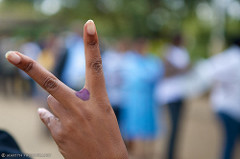 So-called fake news is an issue du jour in Washington and beyond. While it has undoubtedly been hyped for political reasons, fake news is real, its dangers clear and present—especially in unstable environments.
So-called fake news is an issue du jour in Washington and beyond. While it has undoubtedly been hyped for political reasons, fake news is real, its dangers clear and present—especially in unstable environments.
Even in the United States, the Pizzagate conspiracy theory and subsequent Comet Ping Pong shooting in Washington, D.C., in December 2016 shows how quickly fake news can turn to real violence. Internationally, journalist Stephanie Busari has shown how fake news allows us to be passive in dismissing real atrocities as “hoaxes,” highlighting how Nigerian authorities’ use of the label “fake news” led to loss of life and increased suffering for the Chibok girls of northern Nigeria at the hands of Boko Haram.
Mopti: A New Front in the Struggle for Stability in West Africa
Since the Bamako Agreement of 2015, the international security and development community has invested in significant stabilization programs for Northern Mali, and specifically the Timbuktu, Gao, and Kidal regions. Northern Mali and its roughly 1.3 million people are more engaged and resilient as a result, but now “the center” of the country—home to 4.5 million Malians—appears to be rapidly destabilizing.
Good, Timely, Affordable Research: Can We Hit the Trifecta?
Anyone who has worked in transition or stabilization environments knows the value of good research. But good research tends to have two drawbacks that constrain its applicability for professionals working in unstable environments: it takes time and it’s expensive. Even the best research, if it comes too late, is of little use if you’re working in fast-moving situations. And good research is too often priced out of reach for small and medium projects, particularly research conducted in places experiencing conflict and instability.
Welcome to Checkpoint
 The social critic and author Christopher Hitchens wrote: “What can be asserted without evidence can be dismissed without evidence.”
The social critic and author Christopher Hitchens wrote: “What can be asserted without evidence can be dismissed without evidence.”
Research, applied learning, and fierce debates about measuring success and failure, about embracing new ideas and technologies, and about adapting concepts and practices from both the development and national defense disciplines are the foundation on which we have built DAI’s Center for Secure and Stable States. Our goal is to “move the needle” on the complex problem sets of violent extremism and insurgency, political and security transitions, and community stabilization and cohesion. The purpose of this blog is to create a community of practitioners with whom we can have these animated—and at times difficult—conversations about how to broaden the evidence base to both achieve development impact and support U.S. national security interests around these problem sets.